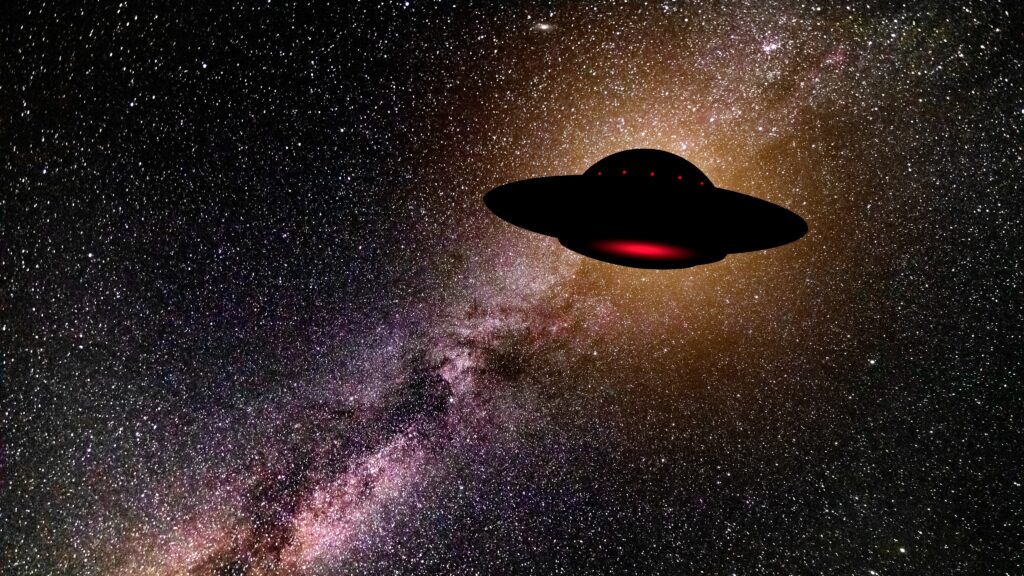7 Earthly Things That Explain Life Beyond Our World

7 Earthly Things That Explain Life Beyond Our World
The question of whether we are alone in the universe has fascinated humanity for centuries. While we haven’t yet discovered life beyond Earth, scientists are increasingly turning their attention to Earth itself for answers. Our planet, rich with extreme environments and resilient organisms, provides crucial clues about how and where life might exist elsewhere in the cosmos.
From scorching volcanic springs to frozen deserts, here are 7 earthly things that explain life beyond our world—offering hints about how life could thrive on alien planets and moons.
1. Hydrothermal Vents: Life Without Sunlight
Deep in the oceans, far from sunlight, hydrothermal vents spew mineral-rich, boiling water from beneath the seafloor. These hostile environments—characterized by crushing pressures and extreme heat—are teeming with life. Organisms like tube worms, clams, and heat-loving microbes thrive here by using chemosynthesis, deriving energy from chemicals rather than sunlight.
These ecosystems suggest that life doesn’t need sunlight to exist, just a source of energy and liquid water. This has major implications for icy moons like Europa (Jupiter) or Enceladus (Saturn), where similar hydrothermal activity may exist under thick ice sheets.

2. Tardigrades: Nature’s Tiny Survivors
Tardigrades, also known as water bears, are microscopic animals that can survive extreme temperatures, radiation, dehydration, and even the vacuum of space. When faced with unfavorable conditions, tardigrades enter a state called cryptobiosis, halting their metabolism and curling into a tiny ball until the environment improves.
These creatures prove that life can endure incredibly harsh conditions, reinforcing the idea that simple organisms might survive on Mars or on asteroids, waiting for the right moment to awaken and thrive.
3. Antarctica’s Dry Valleys: Frozen Yet Alive
The Dry Valleys of Antarctica are some of the driest, coldest places on Earth. Yet, scientists have found microbial life in the salty, icy soils and even in subglacial lakes. These organisms survive without sunlight and with minimal nutrients, in conditions similar to those on Mars’ polar regions.
Studying these microbes helps researchers understand how life might exist in frozen alien landscapes, such as the Martian surface, where briny subsurface water may exist.
4. Acidic Hot Springs: Life in Acid
In places like Yellowstone National Park and volcanic regions around the world, acid-rich hot springs can be deadly to most life—but not all. Microbes known as acidophiles thrive in these low-pH, high-temperature environments by adapting their cell structures and metabolic pathways.
These organisms show that life can exist in acidic, toxic environments, which strengthens the idea that life could exist on planets with harsh atmospheres—like Venus, whose clouds are acidic and scorching.
5. Endoliths: Life Inside Rocks
In deserts such as Chile’s Atacama and polar regions, scientists have discovered microorganisms that live inside rocks. These endoliths survive by drawing moisture from the air and sheltering within the porous stone to escape ultraviolet radiation.
Their existence indicates that even when a planet’s surface is too hostile, life might find refuge within rock formations, suggesting we should look beneath the surface of planets like Mars or Mercury for signs of life.
6. Methane Seeps: An Unusual Energy Source

Methane seeps on Earth’s seafloor release methane gas from underground reservoirs. Entire ecosystems, including microbes and tube worms, live off this gas, using it as an energy source. Methane is also present on Saturn’s moon Titan, which has lakes of liquid methane and a thick, hydrocarbon-rich atmosphere.
Studying these methane-utilizing organisms may help scientists imagine what methane-based life forms could look like—organisms that might not even need water to survive.
7. Desert Varnish and Rock Coatings
Some rocks in Earth’s deserts develop a thin, dark coating called desert varnish, made up of clay, iron, and manganese oxides. Recent research has shown that microbes contribute to this coating’s formation over long periods of time.
Mars has rocks with similar coatings, which may serve as biosignatures—indicators of past microbial life. Understanding how desert varnish forms on Earth helps researchers interpret the geological features captured in Mars rover photos and look for potential life-related patterns.
Final Thoughts
While we haven’t yet found alien life, Earth offers compelling examples of how life could survive—and even flourish—in environments that seem utterly inhospitable. Each of the seven examples above stretches our imagination of what life is, and more importantly, where it can exist.
From organisms that withstand the vacuum of space to those thriving in boiling acid or freezing salt, Earth teaches us that life is adaptable, resilient, and incredibly diverse. As space agencies explore Mars, Europa, and exoplanets far beyond our solar system, they use Earth’s extremes as a guidebook.
By learning from our own world, we move closer to answering one of humanity’s oldest and most profound questions: Are we alone in the universe?









